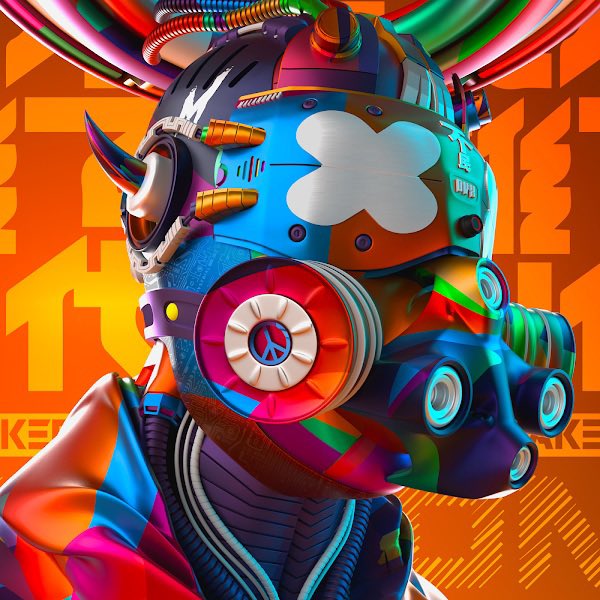
Facebook
Twitter
Email
Print
Introduction:
Colors are not merely visual elements; they hold a powerful psychological influence on human emotions, behaviors, and perceptions. In the world of marketing and design, understanding the psychology of color is a crucial factor in creating impactful campaigns and compelling brand identities. In this comprehensive blog, we delve deep into the fascinating world of colors and explore how they can be strategically leveraged to connect with consumers, evoke desired emotions, and strengthen brand associations.
- The Basics of Color Psychology:
Before diving into the marketing and design aspects, let’s first understand the fundamentals of color psychology. Colors evoke specific emotions and responses based on cultural, societal, and personal experiences. For instance:
- Red: Often associated with passion, energy, and urgency.
- Blue: Symbolizes trust, reliability, and calmness.
- Yellow: Conveys optimism, joy, and warmth.
- Green: Represents nature, growth, and health.
- Purple: Signifies luxury, creativity, and royalty.
- Orange: Reflects enthusiasm, excitement, and affordability.
- Black: Denotes sophistication, authority, and elegance.
- White: Portrays purity, simplicity, and cleanliness.
- The Impact of Color in Marketing:
2.1 Color in Branding: Colors play a pivotal role in brand identity and recognition. Iconic brands have successfully utilized specific colors to imprint their values in consumers’ minds. For instance, the vibrant red of Coca-Cola symbolizes energy and passion, while the calm blue of Facebook fosters a sense of trust and reliability. Understanding your target audience’s preferences and cultural backgrounds is crucial when selecting the right color palette for your brand.
2.2 Color in Advertising: In advertising, color choices can significantly impact the effectiveness of campaigns. Certain colors can draw attention, create urgency, or evoke emotions that resonate with the intended message. For example, retailers often use red and yellow in their sale promotions to encourage impulse buying and create a sense of urgency.
- Applying Color Psychology in Web Design:
3.1 Website Color Schemes: When designing a website, the color scheme should align with the brand identity and the emotions you want to evoke. Harmonious color combinations create a visually appealing and memorable user experience. However, it’s essential to strike a balance and avoid overwhelming the visitors with too many colors.
3.2 Call-to-Action (CTA) Buttons: CTA buttons should stand out from the rest of the page and prompt action. Choosing contrasting colors for CTA buttons can attract attention and improve conversion rates. For instance, a bright orange “Sign Up Now” button on a blue-themed website can be highly effective.
- Color in Product Packaging:
The colors used in product packaging can significantly influence purchase decisions. Different industries leverage color psychology to evoke specific feelings and associations related to their products. For instance, eco-friendly products often use shades of green to emphasize their sustainable nature.
- Cultural Considerations:
Colors have cultural connotations, and what may be positive in one culture could be negative in another. It is crucial for global marketing campaigns to take cultural differences into account to avoid unintended misinterpretations and cultural insensitivity.
- Testing and Experimentation:
The effectiveness of color choices may vary depending on the context and the target audience. Conducting A/B tests and user surveys can help fine-tune color selections for maximum impact and better customer engagement.
Conclusion:
The psychology of color in marketing and design is a multifaceted and influential aspect of branding and communication. By understanding the emotions and associations evoked by different colors, marketers and designers can create compelling campaigns that resonate with their target audience. Whether it’s building a brand identity, designing a website, or crafting product packaging, strategic use of colors can foster a deeper connection between consumers and brands, ultimately driving business success.
Remember, when incorporating color psychology into your marketing and design strategies, always keep your audience’s preferences and cultural backgrounds in mind. Successful color choices can enhance the overall user experience, strengthen brand loyalty, and contribute to your agency’s reputation as a master of impactful design and marketing.

Victorian Pro
Admin



